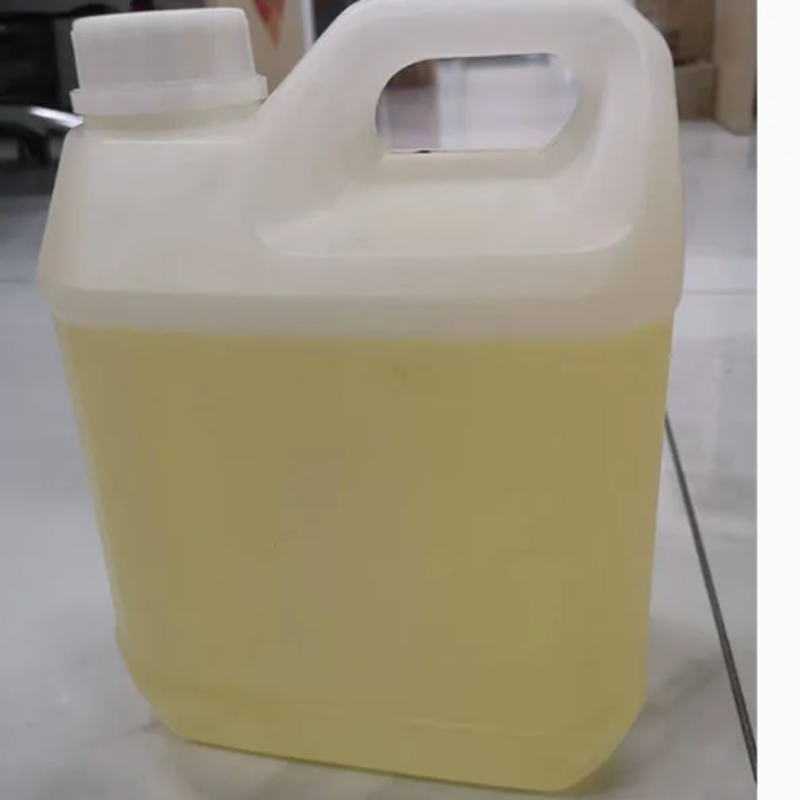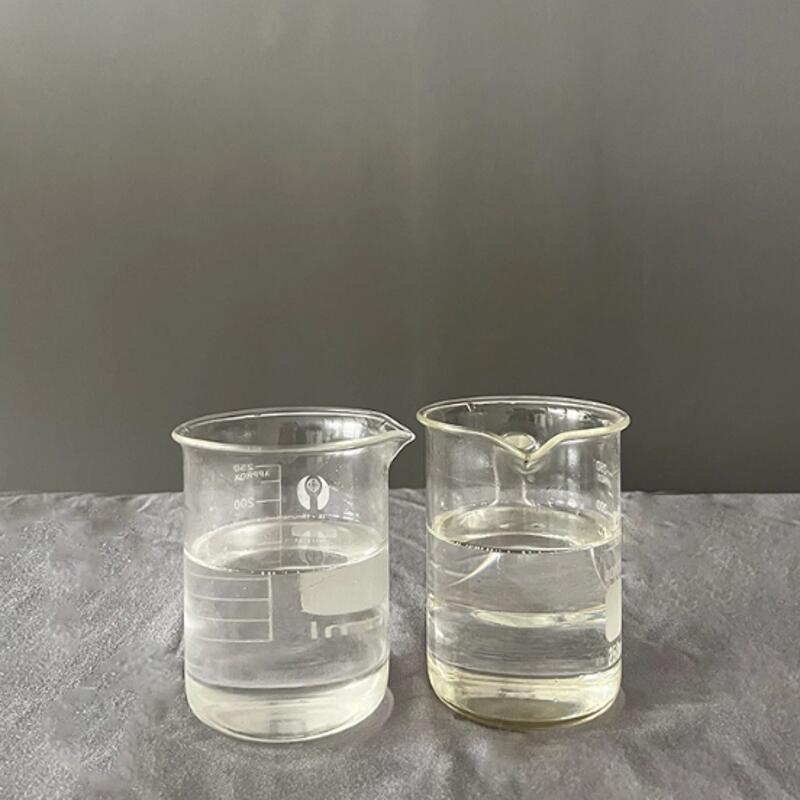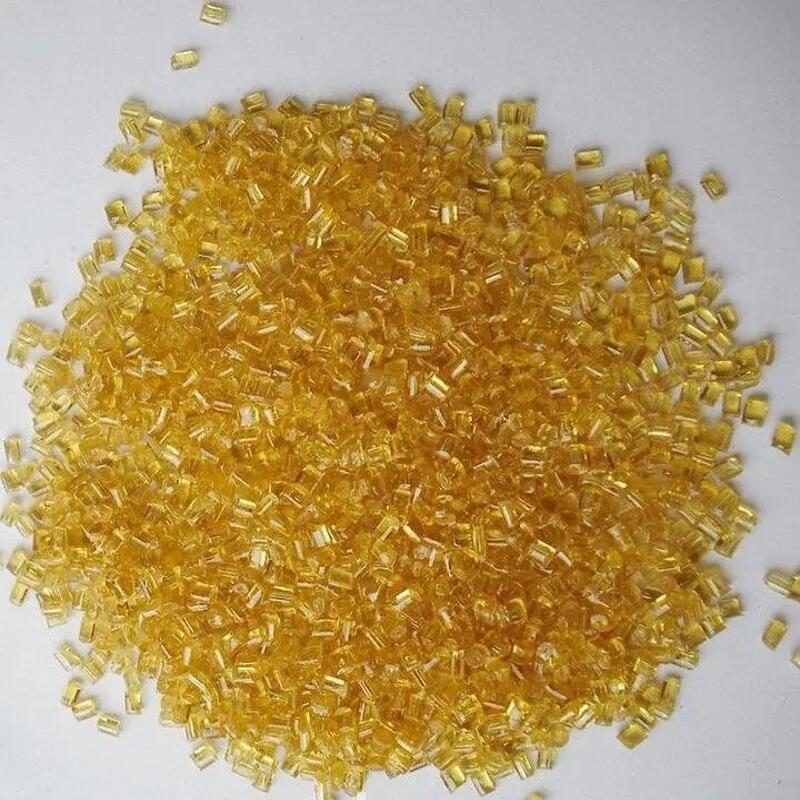-
Categories
-
Pharmaceutical Intermediates
-
Active Pharmaceutical Ingredients
-
Food Additives
- Industrial Coatings
- Agrochemicals
- Dyes and Pigments
- Surfactant
- Flavors and Fragrances
- Chemical Reagents
- Catalyst and Auxiliary
- Natural Products
- Inorganic Chemistry
-
Organic Chemistry
-
Biochemical Engineering
- Analytical Chemistry
-
Cosmetic Ingredient
- Water Treatment Chemical
-
Pharmaceutical Intermediates
Promotion
ECHEMI Mall
Wholesale
Weekly Price
Exhibition
News
-
Trade Service
The 12th Qingdao International Sailing Week Qingdao International Ocean Festival in 2020 has come to an end, but the parasols made from cola plastic bottles in the main venue of the launching ceremony are still talked about by us
.
But you know what? Not only these sun umbrellas, but also the clothes we wear and the shoes we wear under our feet may also be recycled from waste plastics
.
NIKE: Recycled materials account for 50% of VaporMax 2020 shoes +
NIKE: Recycled materials account for 50% of VaporMax 2020 shoes +Like NIKE, in the 2010 World Cup, they specially recycled 13 million plastic bottles and made them into the competition uniforms at that time
.
In addition, in order to make shoes use recycled materials, NIKE has successively invented FLyknit woven materials, Flyleather leather materials, Air soles, etc.
It is understood that Flyknit can digest 31 million plastic bottles a year, and more than 90% of Air soles are manufactured The waste generated in the process can be recycled
.
In 2016, the Nike Air VaporMax was unveiled at the Nike Innovation Summit in New York.
It abandoned the rubber sole and adopted the full Air sole.
The avant-garde design brought different visual impacts and became a well-deserved NIKE signature
.
In 2020, VaporMax 2020 brings changes again
.
Therefore, many netizens ridiculed: "Nike: With all due respect, everyone here is wearing rubbish!" "How can I explain to my friends who don't understand shoes? My shoes are rubbish, but they are not rubbish
.
Of course, in addition to the well-meaning ridicule, there are also many praises, "You are not buying shoes, not plastic, but the future of the blue planet
.
And they are also exploring how to use recycled plastic
And they are also exploring how to use recycled plastic In the field of high-end sports shoes, the use of more environmentally friendly thermoplastic materials has become a new trend
.
At the K 2019 in Germany, Covestro brought the groundbreaking concept running shoes and basketball shoes co-created with Chinese designer Liu Zheng, all using the newly developed Maezio™ CFRTP composite material, which is composed of carbon fiber and thermoplastic polyurethane Synthetic, very light, yet extremely rigid and torsion-resistant, and can be recycled
.
Coincidentally, Lubrizol's Specialty Polymers team is working to develop a broad range of thermoplastic polyurethanes (TPUs) for use in multiple areas of athletic footwear
.
Thermoplastic polyurethane is easy to produce, versatile and flexible, durable and highly recyclable, making it a "super material"
.
Ease of production means increased production efficiency and less production waste, while longer life and recyclability means shoes are easier to degrade, recycle, and reuse after their useful life is up
.
The vision of a circular economy in the plastics industry illuminates the reality
The vision of a circular economy in the plastics industry illuminates the reality "The question now is not whether a circular economy vision for the plastics industry is possible, but how we will act to make the vision a reality
.
" - Ellen MacArthur, founder of the Ellen MacArthur Foundation
At present, as the impact of plastic pollution and microplastics on global oceans and organisms has entered the public eye, people's environmental awareness has been awakened, and countries around the world have begun to rethink the way plastics are manufactured, used and managed, and are committed to finding solutions to these problems.
countermeasures
.
Plastic recycling has become a global hotspot, and many countries have made circular economy the focus of their future economic models
.
In China, after the promulgation of the "Eco-environmental Damage Compensation System Reform Plan", the provincial and municipal governments are clearly authorized to be the holders of compensation rights, requiring them to hold those responsible for the damage to the ecological environment accountable for damage compensation.
"Responsibility for damage" is determined as a system regulation and internalized as a social consensus
.
The "Proposal for the Implementation of the Extended Producer Responsibility System" released in 2016 also proposed that "by 2020, the policy system related to the extended producer responsibility system will be initially formed, major progress has been made in product ecological design, and the recycling and recycling rate of key varieties of waste products will be standardized.
The average reaches 40%
.
By 2025, the relevant laws and regulations of the extended producer responsibility system will be basically improved, the extended producer responsibility system in key areas will operate in an orderly manner, product eco-design will be generally implemented, the proportion of recycled raw materials used in key products will reach 20%, and waste products will be used.
Standardized recovery and recycling rate reached an average of 50%
.
”
In recent years, many large companies in the industry have taken action and actively committed to reducing plastics or using renewable plastics.
Behind this is the beginning of production companies participating in the plastic recycling system
.
Similarly, the closed loop of each category of the recycling system also requires the joint efforts of the government, industry associations, enterprises, consumers and other entire industry chains
.
Only in this way can the vision of a circular economy for the plastics industry become a reality
.







